Many cannabis users are reluctant to smoke strains with high THC because of their psychoactive mind-altering effects. They do this to calm down and have fun, just like other people drink a few beers to relax. In contrast, some use the plant to treat the symptoms of certain ailments or illnesses, whether it is a prescription or a black market drug.
Those who seek to use medical marijuana will select specific strains based on their specific effects. Some of them are actively looking for buds with high THC values, and indeed, research is still underway to explore the therapeutic effects of this psychotropic cannabinoid.
Cannabis doesn’t just offer THC, however. The plant produces more than 100 cannabinoids and 200 terpenes. All of these phytochemicals are capable of unique effects, and most of them do not cause highs for users. The last few years has seen a huge wave of interest in CBD in particular, in both the academic / scientific communities, as well as within mainstream culture.
Usually, strains with a high CBD content are referred to as medical cannabis seeds, though THC strains are also beneficial for certain health problems; most buyers for this purpose are looking for seeds containing cannabidiol.
For Growers
If you like to grow cannabis, you can choose from a wealth of medical cannabis seeds which are usually divided into two basic categories: photoperiodic or autoflowering varieties
In the case of photoperiodic strains, a change in the light cycle is required for the plant to begin flowering. The cyclical change of at least 16 hours of bright and 8 hours of dark period keeps these plants in their vegetative stage of growth. If you want to force them to flower, reduce the light cycle to 12 hours and provide 12 hours of darkness until harvest.
Autoflowering strains do not require a change in the light cycle to initiate flowering, as their name suggests. These strains grow much faster and you can expect to harvest 8-10 weeks after germination.
How to Grow Medical Marijuana Seeds
Seasoned growers or breeders will create medical cannabis seeds with high CBD values by refining cannabinoid profiles over a long period of time. Most cannabis strains already contain a certain amount of CBD. During selective breeding, growers cross CBD-rich strains to produce even greater amounts of this cannabinoid in their offspring.
After the pioneering breeders established some reliable strains with high CBD content, they started crossing them with varieties that have other desirable traits.
But where did it all start? The high CBD medical cannabis seeds available today all come from the same strain - namely Juanita la Lagrimosa. This legendary variety became known after its appearance at High Times Cannabis Cup events. On seeing the successes of that particular strain, the breeders sent samples to a laboratory. It was found that the CBD level was 22%, which was a novel property at that time.
Are Medical Cannabis Seeds Legal?
Many people ask if they can grow medical cannabis seeds legally in their country. Technically, some medical cannabis seeds are legal under the laws of certain countries. For example, Swiss citizens can grow plants with THC levels below 1%. EU rules allow hemp to be grown if the plants contain less than 0.2% THC, and these rules apply in many EU countries.
There are strains where their THC level is only 0.09%, but the concentration of cannabis phytochemicals depends on environmental conditions. The amount of different molecules, such as THC and certain terpenes, can increase due to several variables, which means that you can technically break the law if your plants exceed the legal threshold.
In addition, some EU countries only allow the cultivation of registered seeds in the case of hemp.
Cannabinoid Ratios: What Do They Mean?
As mentioned, there are more than 100 cannabinoids in the cannabis plant, and each molecule affects the body in a slightly different way. Below is a brief summary of cannabinoids:
THC
This psychotropic cannabinoid is responsible for the high that is elicited in traditional cannabis use
CBD
This is a non-psychotropic cannabinoid that facilitates a calming and relaxing effect
CBG
Known as the ‘mother of cannabinoids’, this non-psychotropic molecule serves as a precursor to THC and CBD and provides a sedative effect
CBDV
Ongoing research is investigating the neuroprotective potential of this cannabinoid
Why are Terpenes so Important?
Cannabinoids are not the only molecules that determine the effects of medical cannabis seeds. Terpenes also play an important role. These aromatic molecules underpin the unique scent and taste of each variety, from fruity and floral notes to more gasoline-like scents.
In addition, terpenes also partially determine the effect of each strain. For example, two strains with the same CBD levels may produce quite different effects due to their different terpene profiles. Terpenes like myrcene are more relaxing, while limonene awakens the mind and encourages creativity. Consider these as well when looking for medical cannabis seeds in the hopes of achieving a particular effect.
How to Grow Medical Cannabis from Seeds
Here are some factors to consider:
Soil type
First, the type of soil used must be appropriate to the strain to be grown. Photoperiodic strains prefer rich and nutrient-rich soils, while autoflowering ones prefer light and airy soils that are not as rich in nutrients.
Germination
Medical cannabis seeds germinate in 3 to 7 days and then grow roots. There are several options for germination:
· Paper towel method
· Planted directly in the soil
· Rock wool blocks
· Easy Start
Vegetative Phase
In the vegetative stage, medical cannabis seeds focus on growing large fan leaves in order to boost photosynthesis. Transfer seedlings to larger pots, place them under strong light, and feed them with special vegetative nutrients at this stage of the growth cycle. Photoperiodic strains require a light cycle of at least 16/8 hours to remain in the vegetative stage. Consider remodelling crops during this period to increase yields and make them more manageable.
Flowering phase
Autoflowering types switch to flowering without any intervention. To force photoperiodic strains to flower, the light cycle should be changed to 12/12. This mimics the change of seasons outdoors and forces the plants to reproduce. Switch to flowering nutrients, as plants will now need less nitrogen but more phosphorus and potassium.
Harvesting
Reduce nutrients two weeks prior to harvest. This encourages them to metabolise the nutrients stored in their own tissues, resulting in a smoother and even smoke and better taste.
Drying and Curing
After harvesting the buds, they need to be properly dried and cured in order to reduce the risk of mould and significantly improve their taste.
How to Make CBD Oil from Medical Cannabis Seeds
Follow the short instructions below to prepare your own medical cannabis oil. Most CBD oils available today are extracted with CO₂ and diluted with cooking oil. By comparison, the recipe below uses alcohol and evaporation to create crude and undiluted medical cannabis oil.
Tools and Components
· 46g decarboxylated medical cannabis flower
· 2 litres of ethanol (or 99% isopropyl alcohol)
· 2 large mixing dishes
· Muslin or cheesecloth
· Rice cooker
· Syringe
· Clips
· Collector
· Wooden spoons
1. Place the buds in a mixing container and pour ethanol over them. Gently stir the contents with a wooden spoon for three minutes.
2. Filter the solution through a muslin or cheesecloth into another bowl.
3. Place the rice cooker in a well-ventilated area and pour in the solution.
4. Set the rice cooker to heat and check every hour until all solvents have evaporated. This can take up to 24 hours, depending on the amount of solvent used.
5. Dip the end of the paper clip into the extract and move to another room away from the steaming bowl. Place the lighter on the dipped tip. Any spark indicates that there is still solvent left, so you need to cook the solution even further.
6. If the solvent is no longer present, use a syringe and transfer the oil to dropper bottles for easy use and storage at a later date.



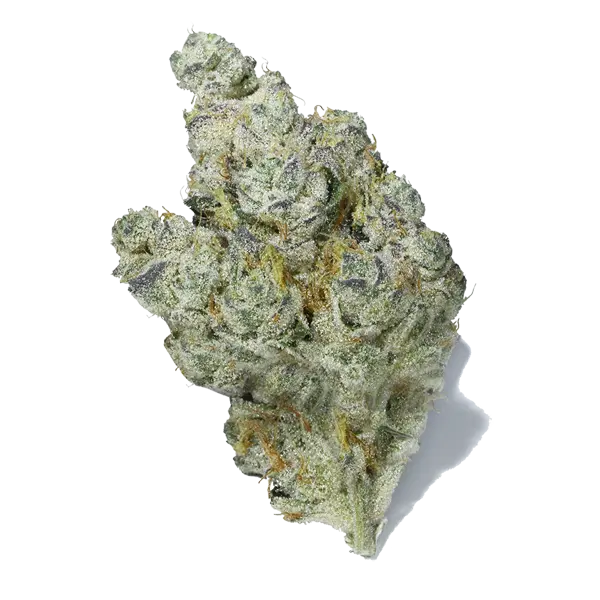
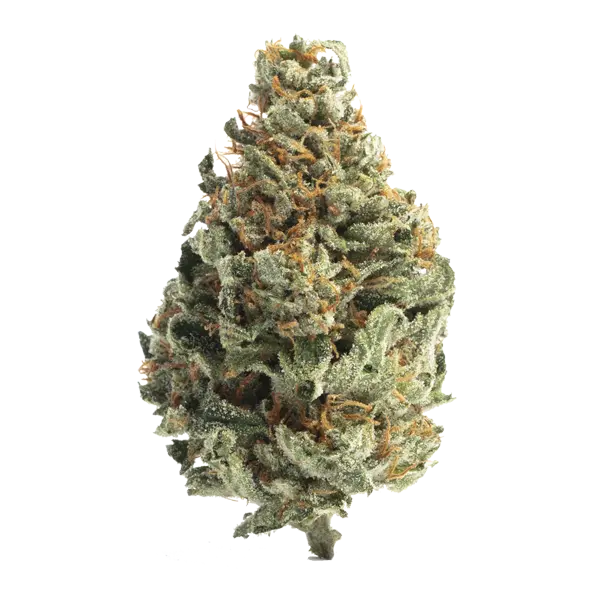
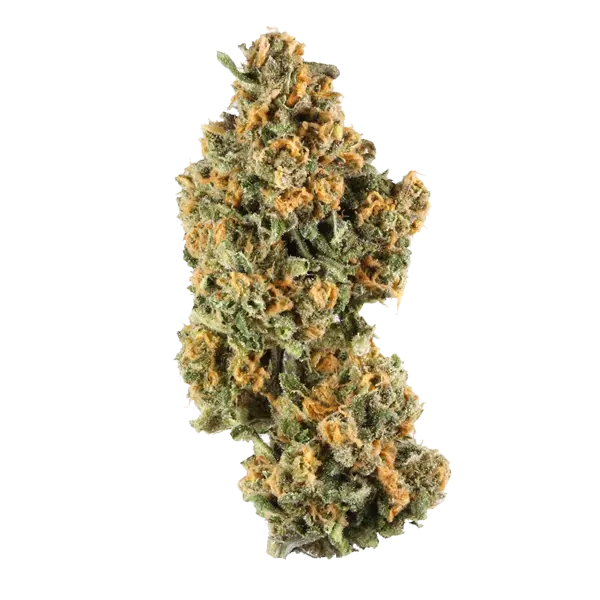

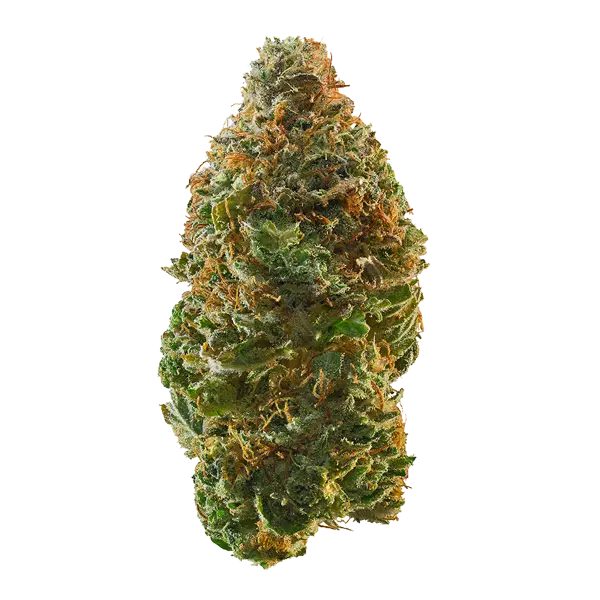

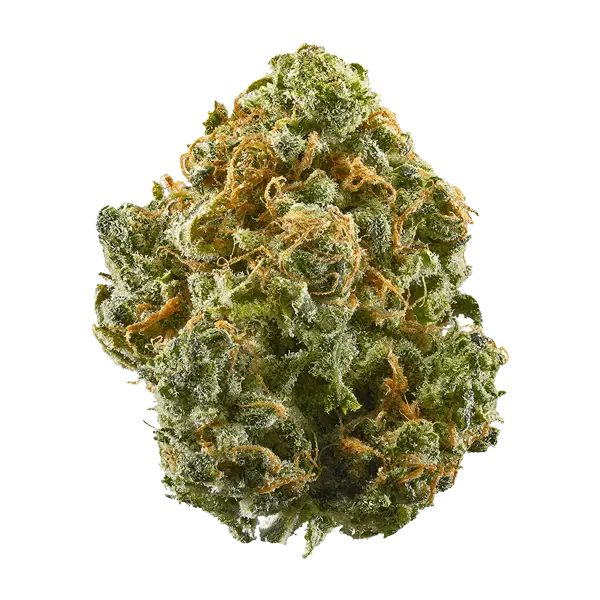

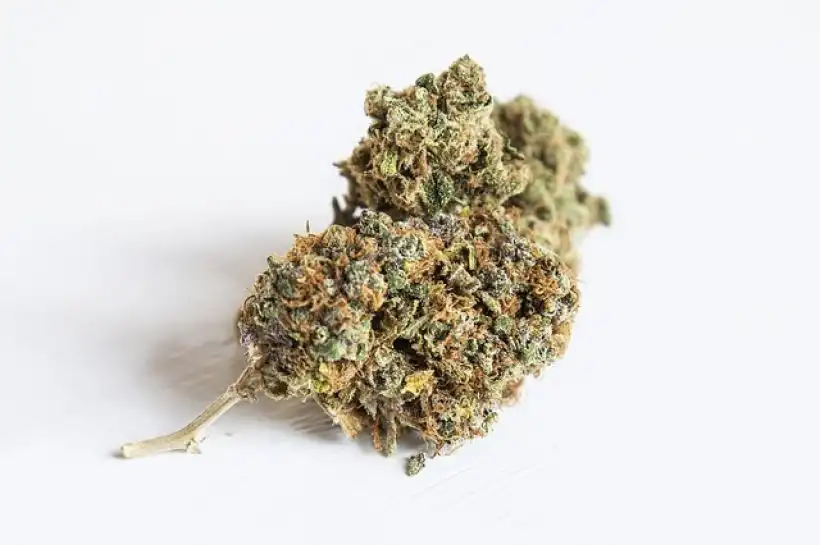





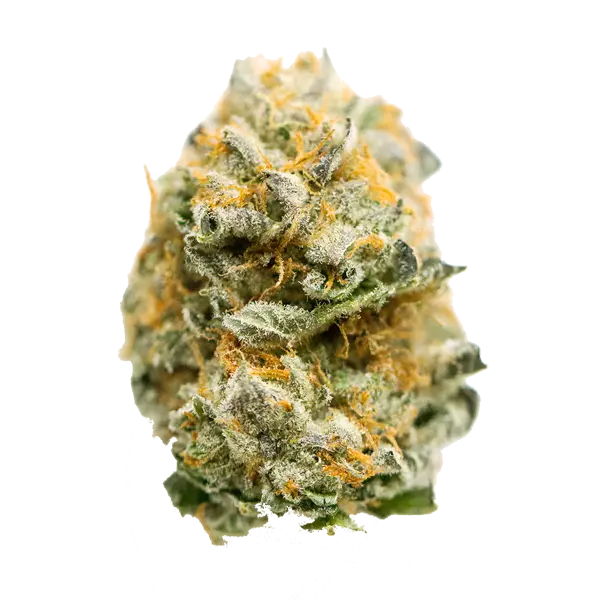
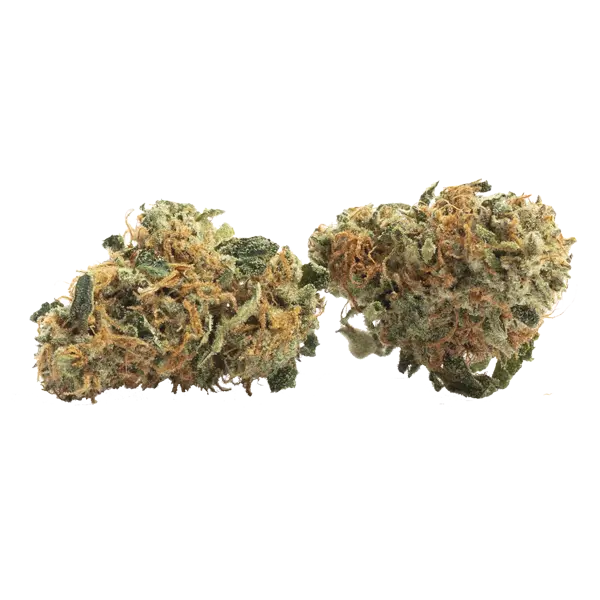
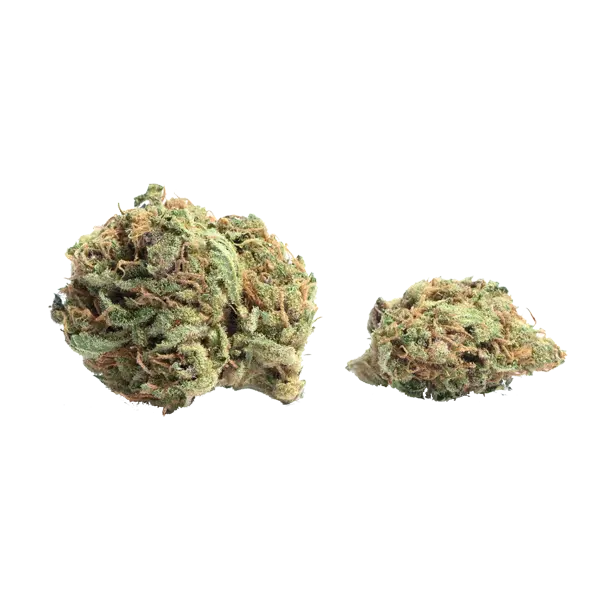






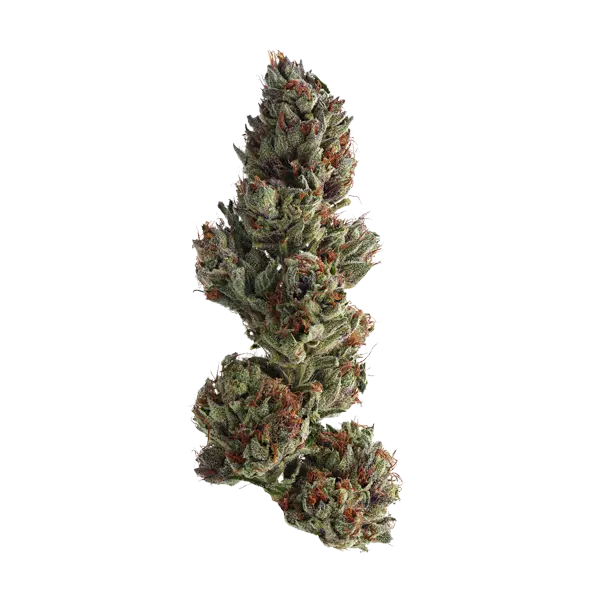



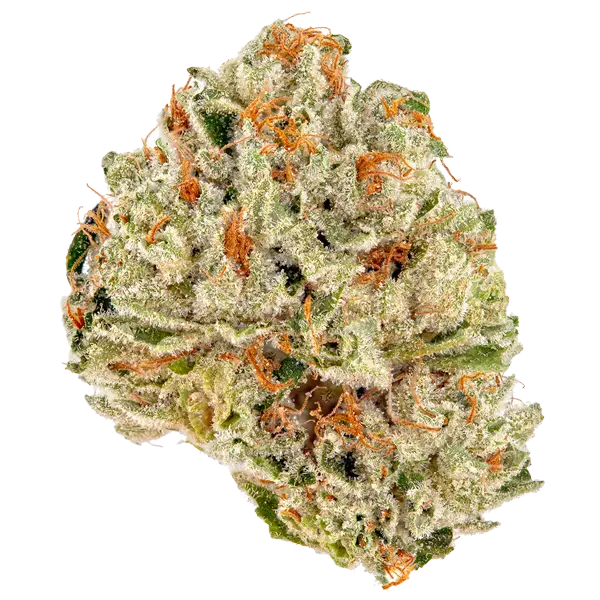
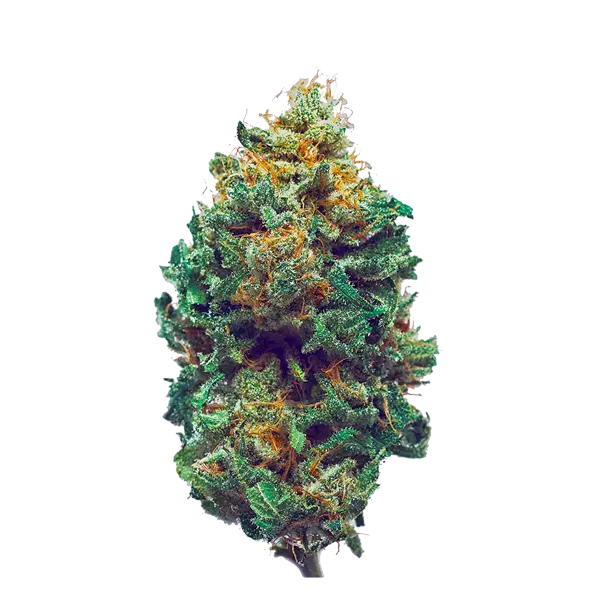
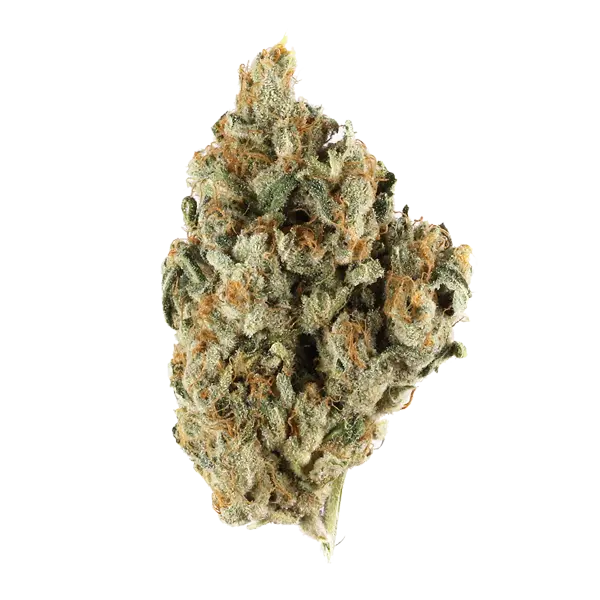

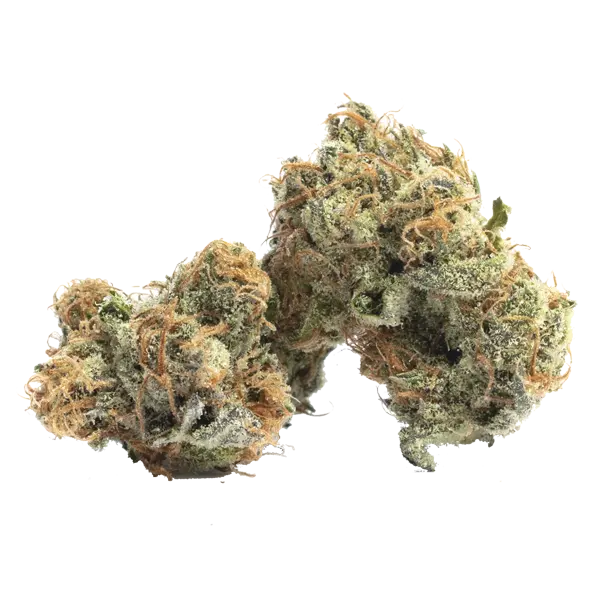
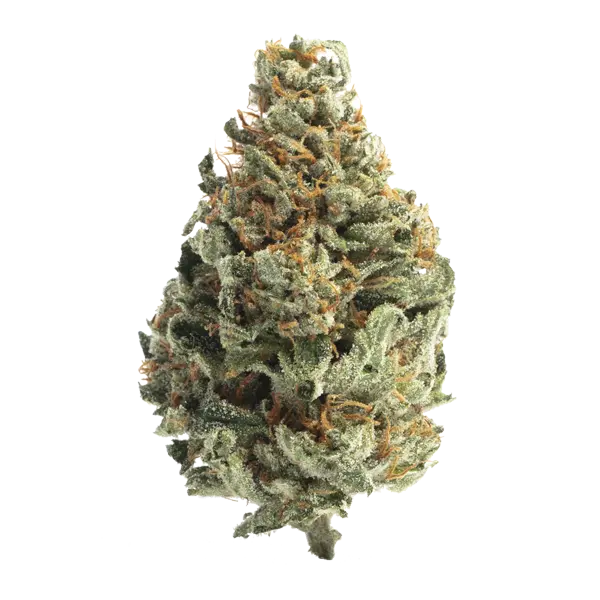
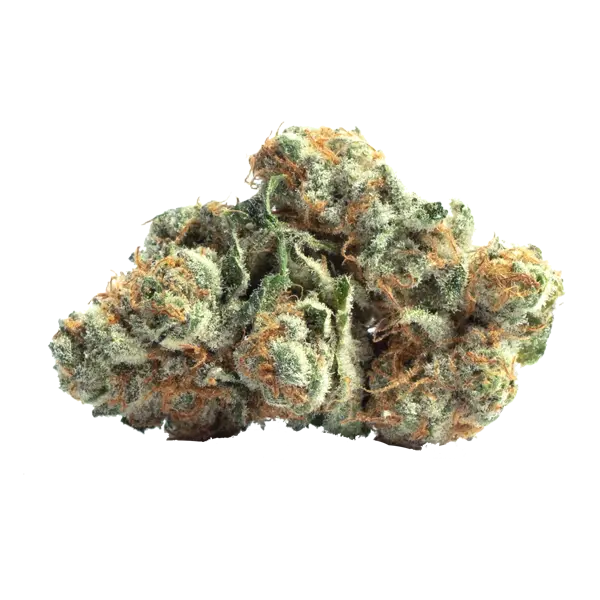
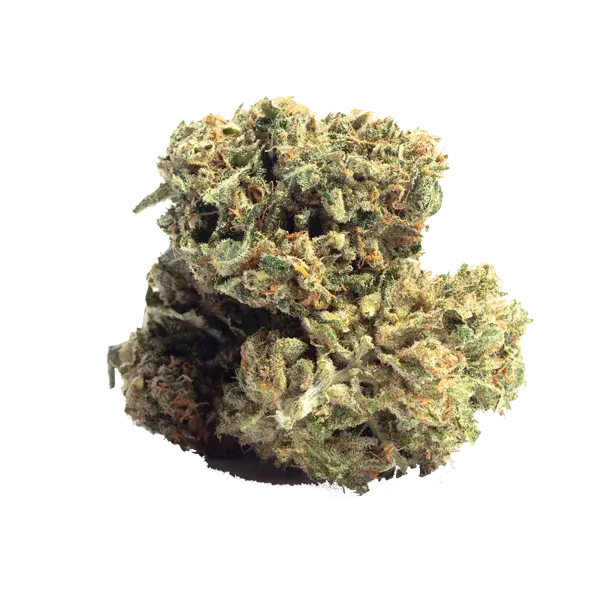
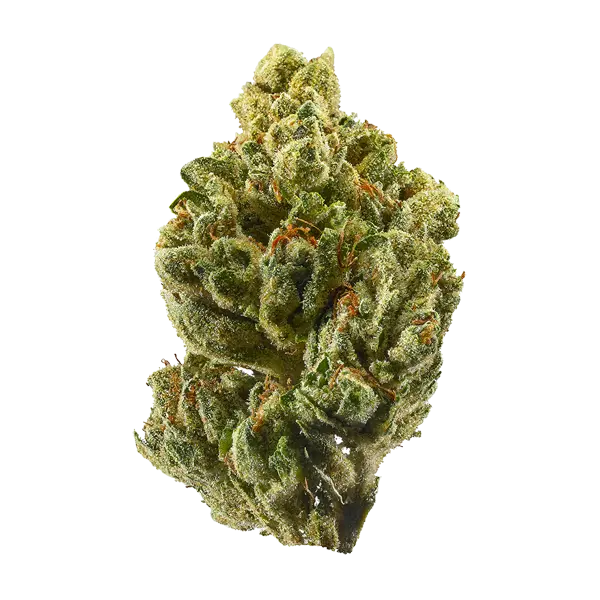
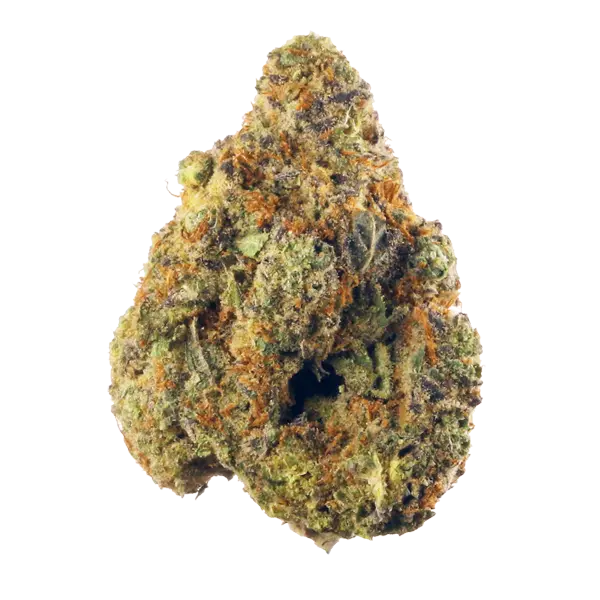
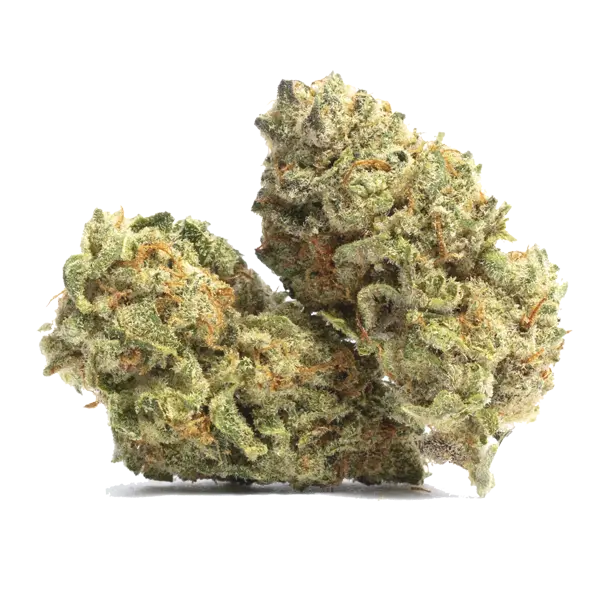
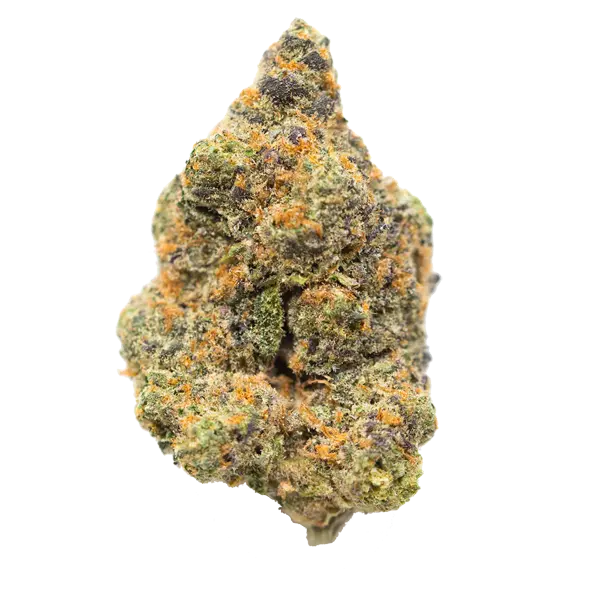
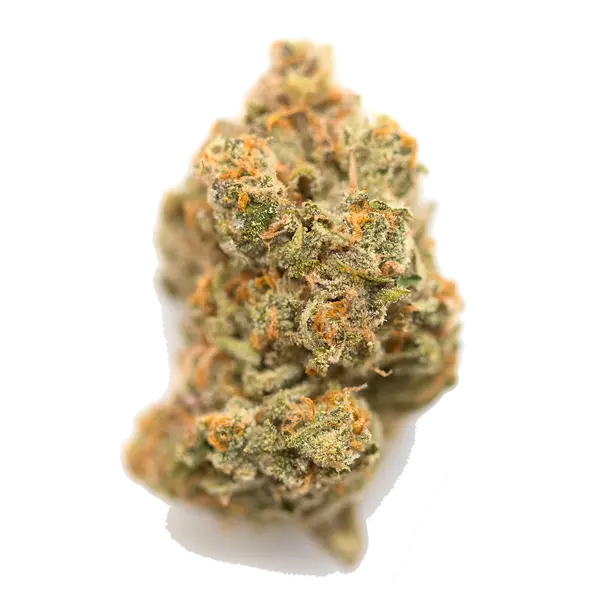
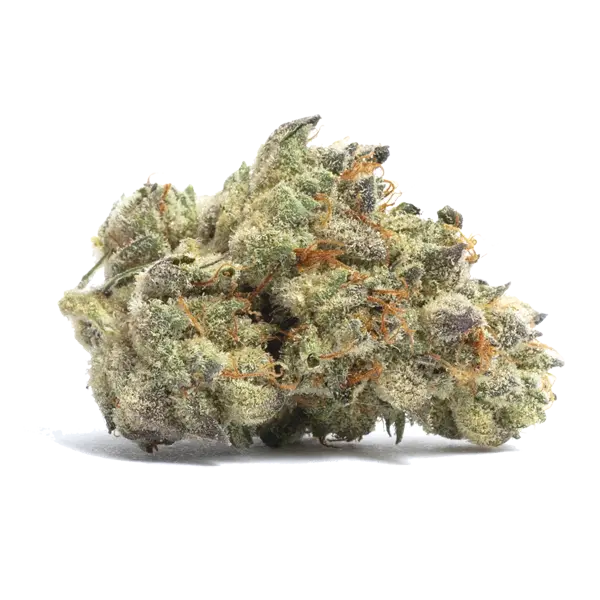
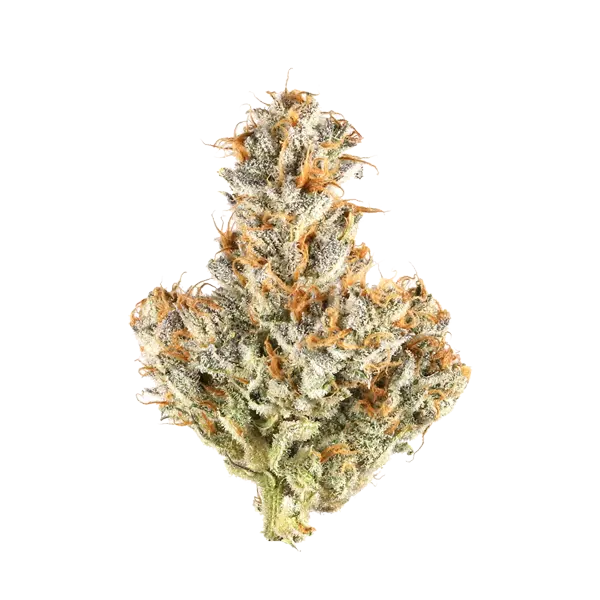
















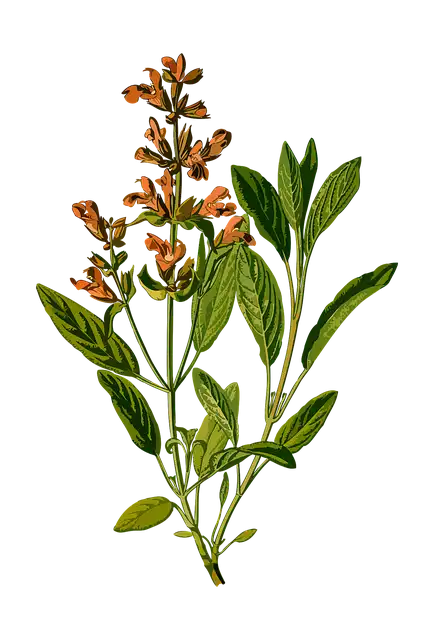

 A Guide to Selecting Cannabis Seeds About Cannabis Strains
A Guide to Selecting Cannabis Seeds About Cannabis Strains Treating Migraine Headaches with Cannabis
Treating Migraine Headaches with Cannabis








